From code to creativity, discover the digital roles that are creating a lasting impact and the active part that you can play in shaping an inclusive web in your career.
When you enter a website, use an app, watch a video online, or scroll through social media, you probably don’t stop and think about who made it possible. Behind every digital product or service sits a team of experts who all bring their own individual skills and creativity to bring these to life. Drawing on these strengths and working together enables a team to create something that is not just functional, but engaging and welcoming for everyone to use.

The need to prioritise accessibility in digital careers
At HeX Productions, accessibility is at the heart of everything that we do. That means ensuring that websites, apps, and online content can be easily used by all people.
For example, HeX-built websites enable users who:
- Are blind to access a site with a screen reader
- Have limited mobility navigate apps with their voice
- Are Deaf to understand all content, due to having inclusive media considerations like captions and transcripts on videos or web page content being translated into British Sign Language (BSL)
Often, it is a side that is overlooked, and most people probably haven’t received training in this area during their education. However, with the modern world we live in being predominantly digitally focused, it’s an aspect that can no longer be ignored.
Regardless of the digital career path you pursue, taking the time to learn accessibility best practices, either through a course or within your job itself, can help you play an active role in building a more inclusive society. For yourself, that means you’ll have the confidence in knowing that anyone will be able to access and engage with the work you create, expanding its reach and earning you heightened respect from your online audience. What’s better than having a career with purpose?
Digital web agency career paths and the role that accessibility plays in each
Here is a glimpse into the various positions on our team, the role that accessibility plays, and how each role comes together to support the end user.
Creative Director: The visionary
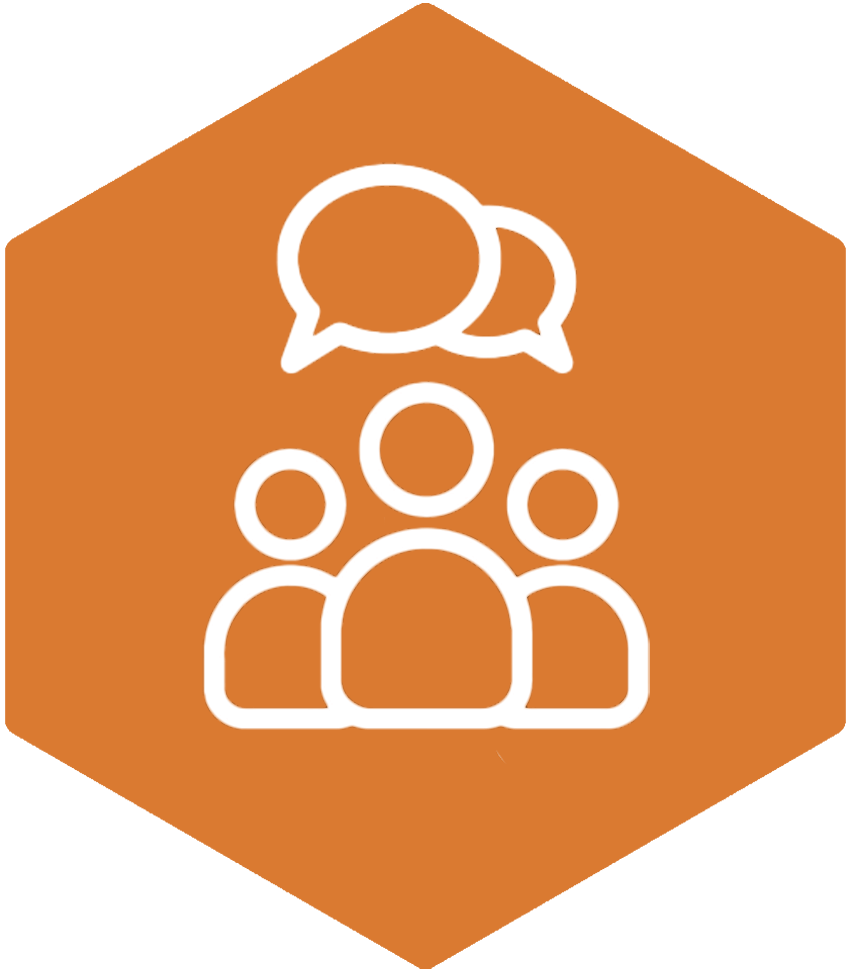
The Creative Director leads the way and ties all the positions together. Their role is to engage and form a strong working relationship with clients to ensure the finished product meets their vision. They look at the bigger picture, making sure designs, development, content, and accessibility all align. They guide the team to creatively push boundaries, while keeping accessibility at the heart of the process.
Web developers: The builders
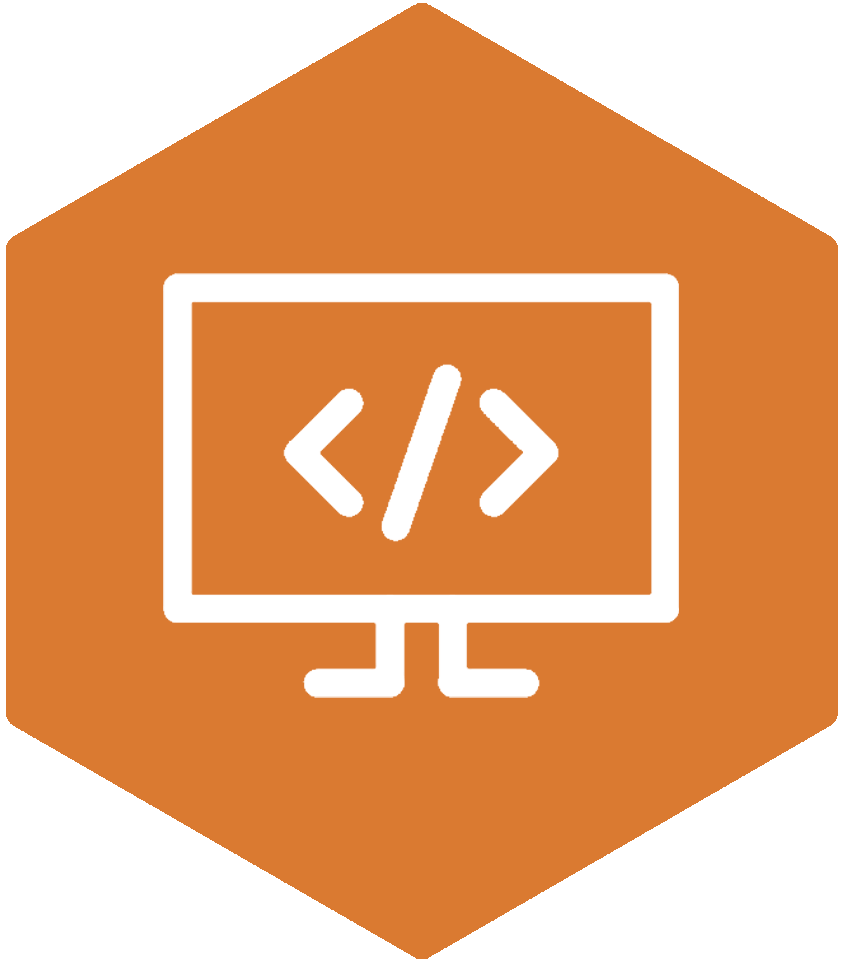
Developers are like architects of the digital world. They write the code that builds a site, ensuring the platform’s interface and elements work smoothly. But in our team, they also consider how people will use the site, thinking about items such as if a keyboard-only user can tab smoothly through a page or a screen reader can understand the site’s structure. Throughout every step of the web development process, accessibility is placed at the forefront and tested at each stage along the way.
Audit testers: The problem-solvers
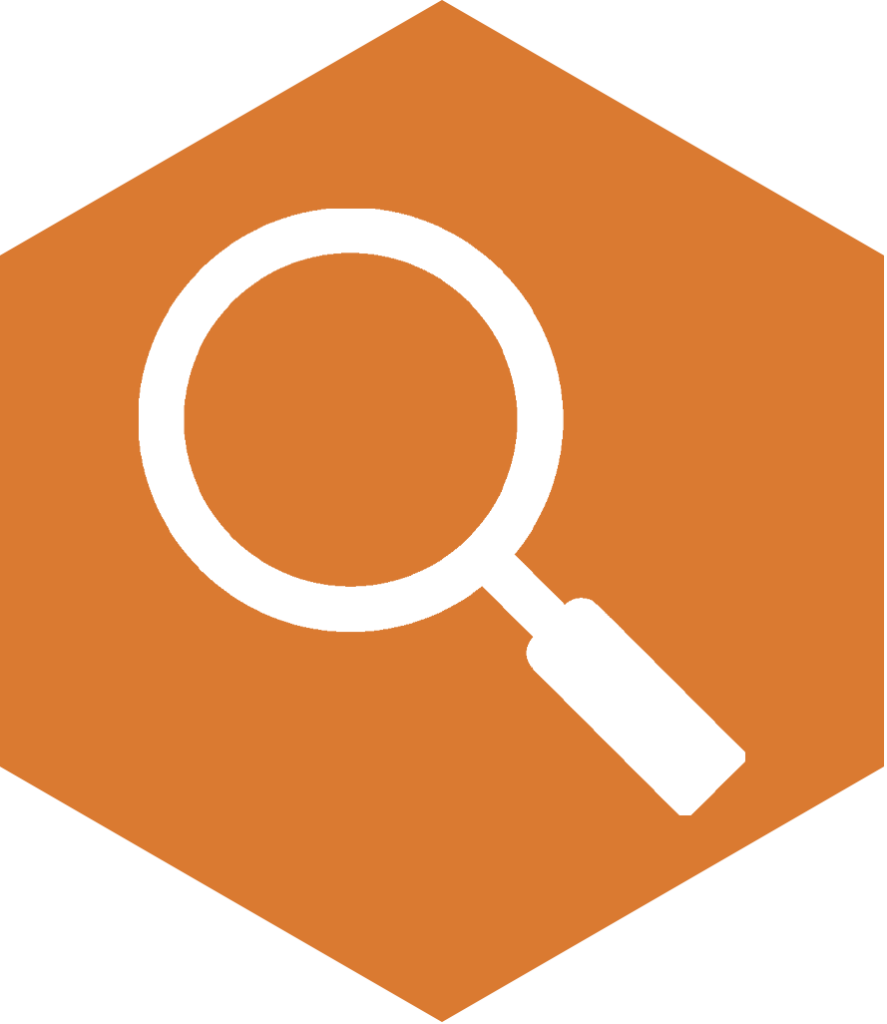
Accessibility testers conduct thorough audits of websites to identify any barriers that may be presented to users, ensuring that no one is excluded. Sites are tested against Web Content Accessibility Guidelines (WCAG) by performing both automated scans and doing technical reviews of the code. However, we also go beyond the checklist and assess a website’s usability by conducting manual reviews using various assistive technology devices and software. The results are then compiled into a report for clients, along with giving live demonstrations of why their platform may be presenting challenges for their online visitors.
Inclusive trainers: The teachers

Our team is a big disability advocate and is passionate about shaping an inclusive online world. To help, we like to share our knowledge with organisations, upskilling in-house teams such as developers, content editors, designers, and communications professionals on how to think inclusively within their individual roles. We even come up with innovative ways to demonstrate accessibility issues through the use of virtual reality. What’s more, with every website that we develop, we provide training for the people responsible for the site’s upkeep and how to do so in an accessible way, so it remains compliant with web standards after project completion.
Project managers: The organisers
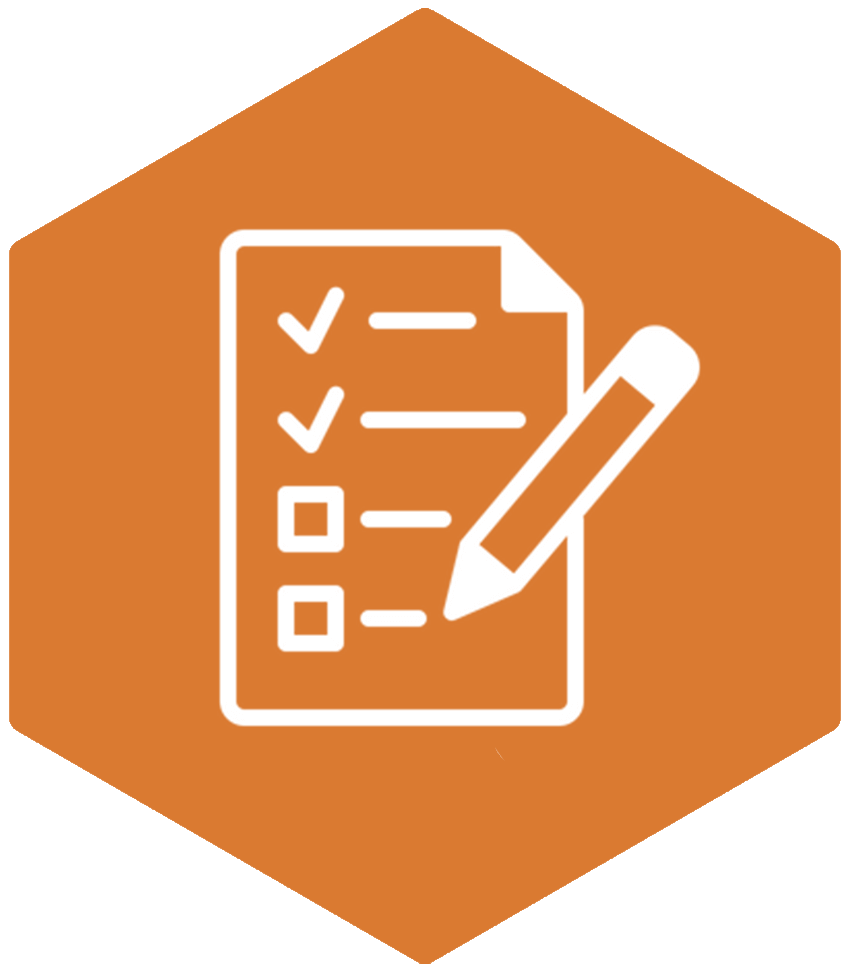
Every project needs someone to steer the ship. Project managers ensure every detail is planned, organised and delivered as efficiently as possible and to meet desired deadlines. They are on hand throughout the duration of the project to answer any queries and help clients to understand how accessibility fits into every stage. They are the glue that holds the process together.
Graphic designer: The creator
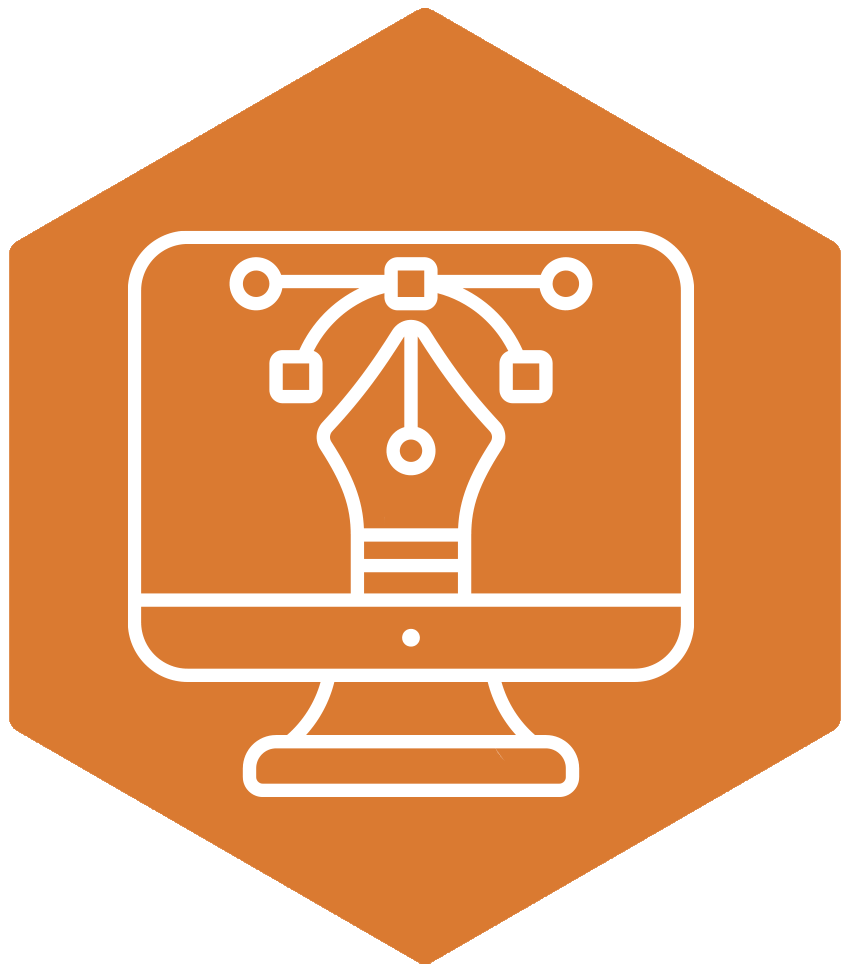
Designers shape the look and feel of a project. They choose the colour palettes, ensuring they can work for people with low vision, select the fonts that are easy to read, and create layouts that are clear and consistent. They transform the visual appearance of online platforms into modern, sleek and striking sites, which are designed with usability at their core.
Engagement officer: The storyteller

Once a project is complete, someone needs to tell the world about the end result. Our engagement officer shares detailed case studies about the process and the great work that has taken place, encouraging other organisations to follow suit. They also have an important role in creating engaging social media and website content to show the impact that poor accessibility has and how to eradicate those barriers, sparking conversions and inspiring others to see why inclusion matters. Of course, while ensuring all marketing and social media content is written and designed to be accessible.
BSL Translator: The connector
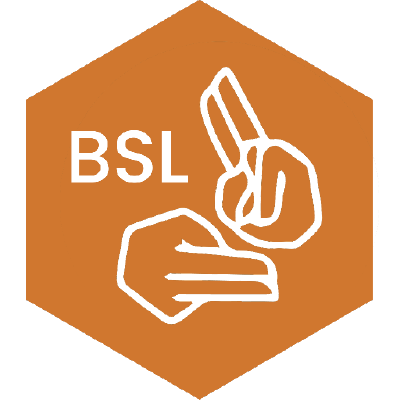
For many Deaf people, BSL is their first language and they may struggle to read written English. We provide a service to ensure digital content is available in sign language, through website, video, or social media content being translated in video form, ensuring Deaf users can have equal access to information. Our BSL Translator also helps to raise awareness on the barriers they have faced throughout their life across social media channels and in Deaf Awareness Training for organisations.
When you put all these roles together, you get more than just a website, you get a digital experience that works for everyone. Each person plays a different part, but the end goal is the same – making the online world more inclusive.
Tips for students: getting started in digital accessibility
If this side of the digital career excites you, here are some avenues to start exploring:
- Get into coding: Platforms like Code Club, freeCodeCamp or W3Schools can help you dip your toes into web development. Try learning the basics of HTML and CSS to give you a sense of how websites are built and look into the use of semantic HTML.
- Experiment with design tools: Free software like Canva or Figma lets you play with layouts and typography or checking items like colour contrast levels can help you to design accessible visuals.
- Learn about accessibility: WCAG can sound technical, but there are lots of beginner-friendly blogs, YouTube videos, and podcasts that can explain them in simple ways. This guide may help.
- Get curious about user experiences: Try using different assistive technologies, some can be found on your mobile device like a screen reader. Alternatively, you can simply use your keyboard to try and navigate a website and interact with all its features. It can be a really insightful and eye-opening experience.
- Work on communication skills: No matter the role, you’ll need to be able to explain ideas clearly and it’s useful to learn how to write content in a user-friendly way.
- If you are looking for a creative role in media or in a communications position, these two guides can help you to know basic considerations to ensure your content is made to be inclusive.
- If self-teaching doesn’t work for you, enrol on a course or look for volunteering/internship placements to help build your skills, experience and confidence.
Are you ready to make a difference in the digital world?
For students considering their future, careers in digital accessibility offer opportunities for creativity, problem-solving, and making a meaningful impact. Whether you love coding, design, multimedia creation, or communication, there are so many avenues that are available to you. The best part is, every skill that you can bring can help to break down barriers and give someone access to opportunities they might miss out on otherwise – that’s the power of working in accessibility.
